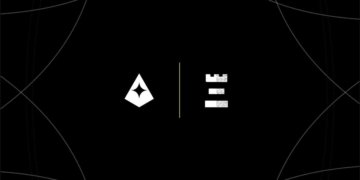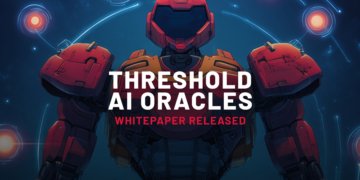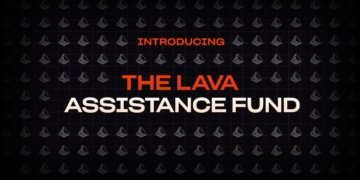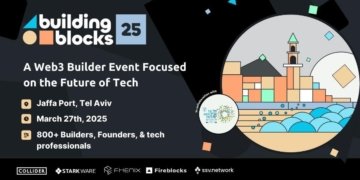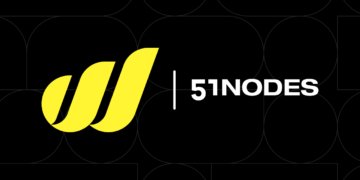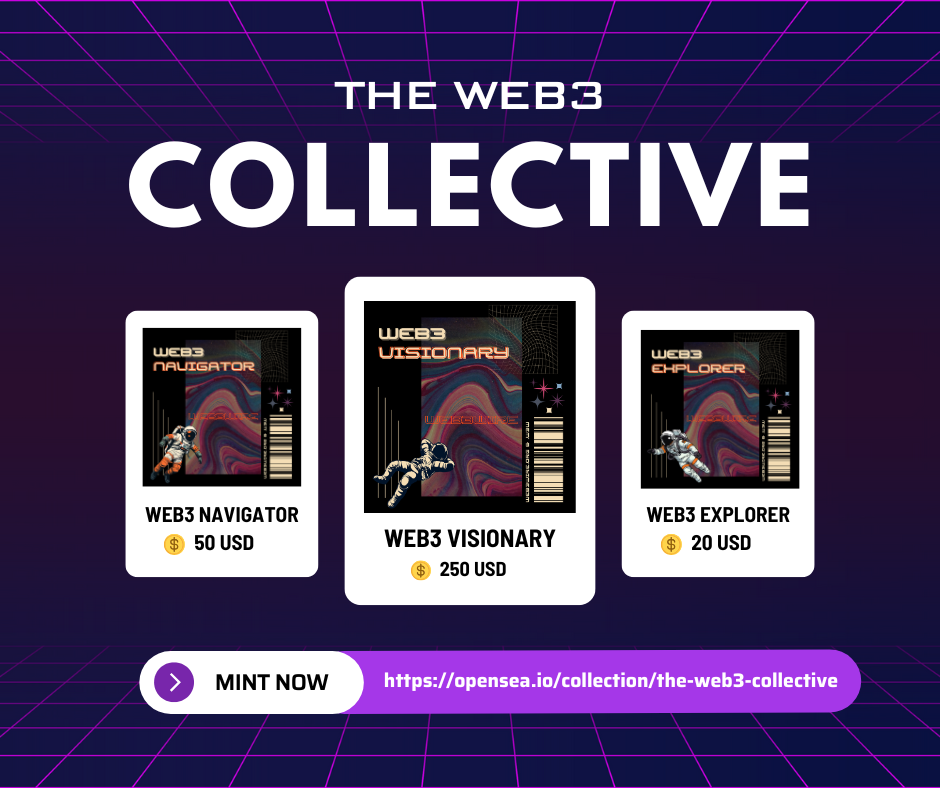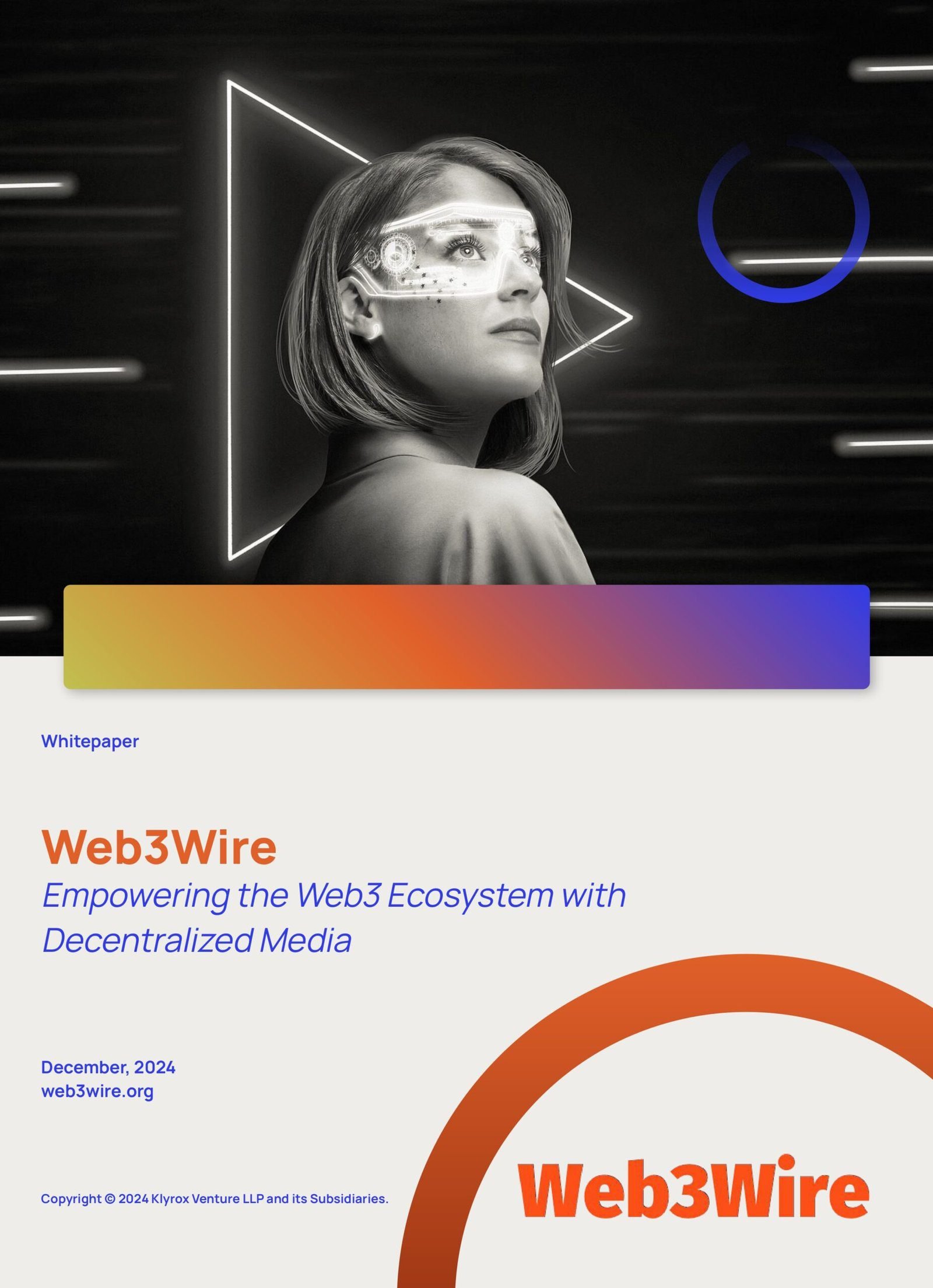
Unveiling The Open Network (TON): 2024 Essential Guide
In the rapidly evolving realm of cryptocurrencies and decentralized technology, The Open Network (TON) stands out as a promising player with its unique blend of speed, scalability, and user engagement. Originally birthed from the visionaries at Telegram, TON offers a glimpse into the future of decentralized communication and applications. This guide delves deep into TON’s intricacies, offering insight into its potential for 2024 and beyond.
What is The Open Network (TON)?
The Open Network, commonly referred to as TON, is a next-generation blockchain platform. It’s designed to facilitate seamless and efficient transactions at a large scale. Originally conceptualized by Telegram, TON’s mission is to create a decentralized environment that integrates effortlessly with the messaging app, harnessing the power of blockchain to redefine user interaction.
Key Features of TON
- High Speed and Scalability: TON employs sharding technology, allowing the network to split into smaller, manageable parts, known as shards. This enables parallel processing of transactions, ensuring fast and efficient performance even as the number of users grows.
- Robust Security: TON boasts a unique consensus mechanism known as the Byzantine Fault Tolerance (BFT), providing enhanced security against potential threats and network attacks.
- Seamless Integration: With its roots in Telegram, TON seeks to facilitate easy integration, allowing users to transact and interact within the ecosystem without friction.
- Versatility: The platform supports a wide array of applications, from decentralized finance (DeFi) to gaming and NFTs, serving as a versatile foundation for developers.
The Birth and Evolution of TON
TON’s journey began in 2018 when Telegram announced its vision for a decentralized network. Despite regulatory hurdles that halted the initial token sale, the community-led effort revived TON, transforming it into an open-source project. This shift aims to decentralize control while inviting global developers to contribute and innovate on the platform.
The revival of TON signifies a powerful collaboration between users and developers, determined to bring Telegram’s initial vision to life. Such community-led projects highlight the increasing democratization in the blockchain sphere, empowering individuals to take charge of technological advancement.
How Does TON Differ from Other Blockchains?
TON stands apart from its peers through several distinguishing factors:
- Integration with Messaging Apps: Unlike standalone blockchains, TON integrates seamlessly with Telegram, offering a hybrid ecosystem where communication and transactions coexist within a single interface.
- Efficient Consensus Mechanism: The BFT consensus model provides TON with a unique edge, ensuring enhanced security and transaction verification speeds.
- User Experience: By focusing on user-centric design, TON aims to make blockchain interactions intuitive and efficient, attracting a broader audience who might be new to cryptographic technologies.
Real-World Applications and Potential
The versatility of TON opens it to a myriad of applications. In 2024, its potential use cases extend further than just as a transaction network:
- Decentralized Finance (DeFi): TON’s infrastructure supports complex DeFi applications, empowering users with tools for lending, borrowing, and trading in a decentralized manner.
- Non-Fungible Tokens (NFTs): The platform facilitates the creation and trading of NFTs, allowing artists and content creators to securely monetize their work.
- Decentralized Autonomous Organizations (DAOs): TON’s structure is ideal for DAOs, promoting community governance and decision-making without centralized intervention.
Challenges and the Road Ahead
While TON showcases immense potential, it is not without challenges. Regulatory pressures and the competitive landscape of blockchain technologies present hurdles that need careful navigation. However, with its strong community drive and innovative development, TON is well-positioned to overcome these obstacles.
Future developments will likely focus on enhancing user privacy and broadening the network’s ecosystem outreach, aiming to maintain TON’s relevance in a dynamic tech environment.
Conclusion
The Open Network (TON) embodies a remarkable blend of innovation and practicality, promising to redefine how we perceive and interact with digital ecosystems. Its emergence as a community-driven platform is a clear testament to the power of decentralized innovation. As we move further into 2024, TON is poised to become a staple in the broader blockchain narrative, with endless possibilities unlocking day by day.
For those looking to immerse themselves in the burgeoning world of decentralized technology, understanding and engaging with TON presents an opportunity to be part of a revolutionary movement. Stay tuned to witness how TON shapes the future of digital communication, finance, and beyond.
“`

